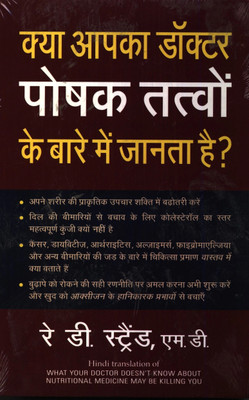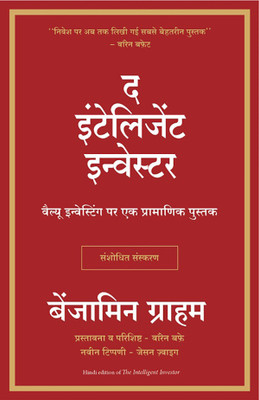
Thane District (English, Paperback, Source Wikipedia)
Price: Not Available
Currently Unavailable
Highlights
- Language: English
- Binding: Paperback
- Publisher: Books LLC, Wiki Series
- ISBN: 9781156746509, 1156746507
- Edition: 2010
- Pages: 34
Description
Please note that the content of this book primarily consists of articles available from Wikipedia or other free sources online. Pages: 32. Chapters: Thane, Vasai, Kalyan, India, Virar, Ambarnath, Bhiwandi, Palghar, Shahapur, Maharashtra, Kopri-Pachpakhadi, Ovala-Majiwada, Ghodbunder fort, Airoli, Dahanu, Mira-Bhayandar Municipal Transport, Vada, Thane, Mira Bhayandar, Infant Jesus Church Dombivli, Murbad, Talasari, Kalyan Taluka, Vikramgad, Bhiwandi-Nizampur Municipal Corporation, Talao Pali, Mokhada, Khadakpada. Excerpt: Vasai (Marathi: ), historically known as Bassein or Bacaim is a historical village in the city of Mumbai in the Maharashtra state of India. Vasai Fort EntranceVasai has demonstrated religious harmony throughout its history. Having been under Portuguese rule for a long period, Vasai has significant Portuguese cultural influence. Vasai, which is not same as Sopara or Shurparak but rather a superset of it, has five rivers. Two of them, namely Vairarini in the North and Ulhas in the South, mark Shurparak's limits. These rivers form the Vaitarna Creek and the Ulhas or Vasai Creek respectively. Three small rivers named Pandu Nadi, Preta Nadi and Gaarudi Nadi run off the Tungar Hills and meet the sea through the land of Shurparak, forming the Bolinj Creek, Sopara Creek and Vagholi Creek. All of these creeks are now drying off. Bajipur, the original name of Vasai as it appears in Padma Purana, which was later restored during the rule of the Peshwas (hence Bajipur is often erroneously thought to have been named after Bajirao Peshwa). The Harivansha Purana's Vishnu Parva Chapter 39, Verse 28, and Chapter 40, Verse 39, mentions Shurparak to be a city 500 bows wide and 500 arrows long (Note: Bows and Arrows were the early Hindu Units of Breadth and Length). According to Buddhist monks, in one of his former births, Gautama Buddha was Bodhisat Supparak, that is Bodhisattva of Shurparaka (Sopara). The Yadava Kosha also mentions Shurparaka as one of ...
Read More
Specifications
Book Details
| Imprint |
|
| Publication Year |
|
| Table of Contents |
|
Dimensions
| Width |
|
| Height |
|
| Length |
|
| Weight |
|
Be the first to ask about this product
Safe and Secure Payments.Easy returns.100% Authentic products.
Back to top






